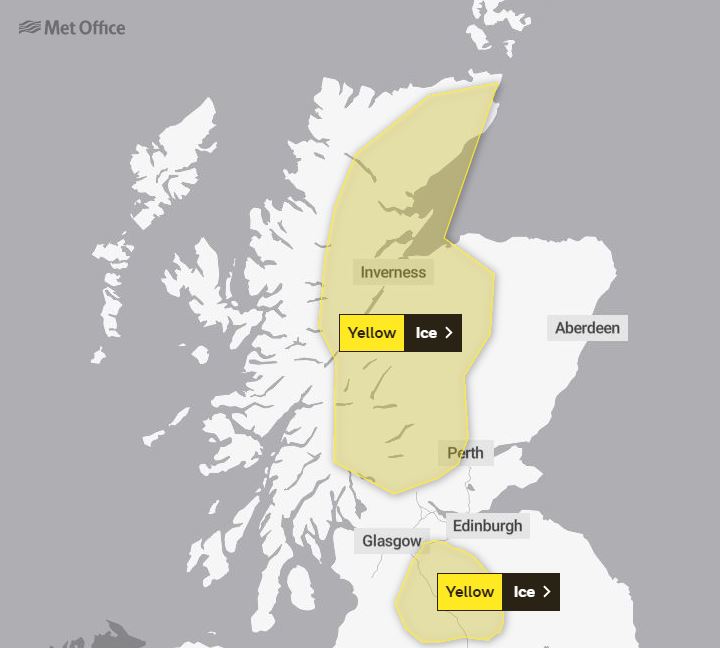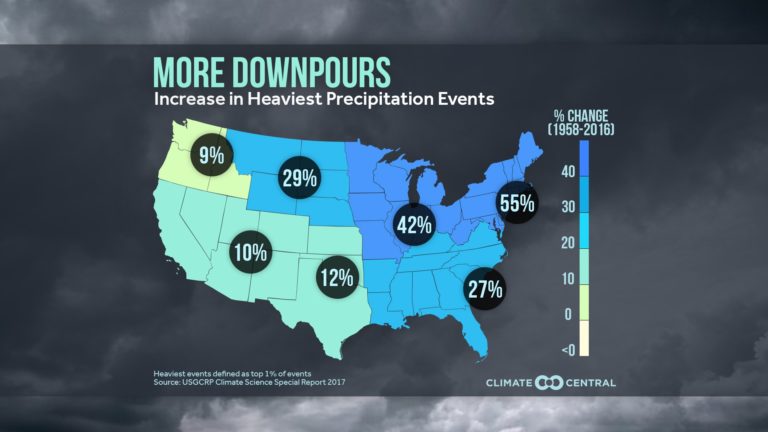By Dan Satterfield
What is the number one weather killer in the United States?
Did you say tornadoes or hurricanes?
If so, you are wrong, but don’t feel bad because everyone misses this question.
What IS the main weather killer?
In most years it is heat but close behind is floods and particularly flash floods. It seems that nearly every year brings a flood event with great damage and several fatalities. Then there’s the steady rate of deaths in cars by people who thought they could drive through that flooded intersection. All too often they pay for that mistake with their lives.
NOAA has worked to bring increased awareness top this issue with this rather successful message:

The NWS is now going an extra step and making three categories of Flash Flood Warnings. This is very similar to the excellent colour-coded warning system used in many countries and developed by the UK Met Office. While there are no colours involved the new warnings will come in stages.
The new way of issuing Flash Flood Warnings is explained below from the NWS:
“The Flash Flood Warnings (FFW), will be impact-based, which is similar to the change made in tornado and severe thunderstorm warnings a few years back. This Flash Flood Warning change was implemented as of December 3, 2019, for the Wakefield Forecast Office in addition to all other NWS offices in the region.
Each Impact-Based Flash Flood Warning will contain a bulleted format of consistent, more readable information describing:
-
Hazard (i.e., Flash Flood)
-
Source (i.e., radar, gauges, trained spotter, emergency manager)
-
Brief description of the impact
These New Flash Flood Warnings and follow-up Statements will include machine-readable tags which will appear at the bottom of the messages. These tags will include:
-
Flash Flood Damage Threat:
-
Base – most flash floods, with the potential for impacts and damage
-
Considerable – unusual severity of significant impact, urgent action is needed to protect lives and property
-
Catastrophic – exceedingly rare, violent flash floods which threaten lives and cause disastrous damage (FlashFlood Emergency)
-
-
Source Information (radar, gauges, trained spotter, Emergency Manager)
-
Causative Event (Expected Rainfall, Dam Break, Levee Break)”
The lowest level flash flood warning will no longer trigger the EAS on your TV or smartphone. but the Considerable and Catastrophic level will. The Catastrophic level is the same as what was formerly called a Flash Flood Emergency. These are only issued when a violent extremely damaging event is imminent or underway.
The takeaway message here is that flash floods are killers and that in the future they will all have specific information and when your iPhone or TV is interrupted with one for your area, take it very seriously. Just as seriously as a tornado warning, and maybe more!
By the way, look at the warning from the UK Met office. They use a colour coded system of yellow, amber and red with red being the highest level.
 This system continues to be adopted by other countries and I think it is past time to be considered here. Most Americans cannot tell you the difference between a Tornado Watch and a Tornado Warning. Make one yellow and one red and I bet that confusion on which is most dangerous will go away.
This system continues to be adopted by other countries and I think it is past time to be considered here. Most Americans cannot tell you the difference between a Tornado Watch and a Tornado Warning. Make one yellow and one red and I bet that confusion on which is most dangerous will go away.

Climate change has already caused a significant increase in extreme rainfall events (see above), so getting a clear and concise message about flash floods to the public will get ever more important in the coming years.
One last thing.
Turn around and don’t drown.